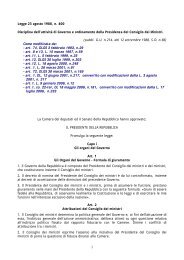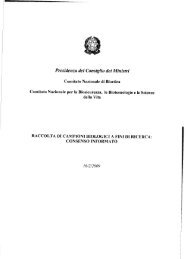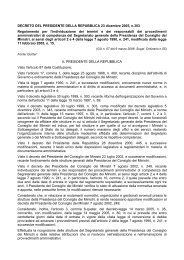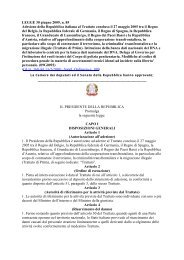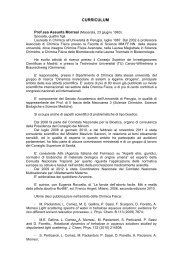President
President
President
You also want an ePaper? Increase the reach of your titles
YUMPU automatically turns print PDFs into web optimized ePapers that Google loves.
complete fusion of the labia majora, which can simulate an empty scrotum, with<br />
marked clitoral hypertrophy, which looks like a hypospadic or even normal<br />
penis, having sometimes a single meatus, urethral and vaginal, at the tip of the<br />
male genitalia. Usually, both the uterus and the tubes develop normally. The<br />
ovaries maintain for some time their functional potential and this explains the<br />
resumption of normal ovarian activity after appropriate therapy or, more rarely,<br />
spontaneously. The somatic aspect of patients varies according to virilization of<br />
external genitalia: from little or no virilisation in aspect, to a phenotype with<br />
masculine physique, that at puberty has short, muscular limbs, abundant hair<br />
apparatus, moustache and beard, no breast development, male fat distribution,<br />
low and husky voice. In cases of congenital adrenal hyperplasia deficit of 21hydoxylase<br />
(genetic disease that can be suspected in a family where there<br />
have been previous cases and therefore also diagnosed prenatally 113 ),<br />
administration of cortisone can be done even before birth, generally, with good<br />
results 114 , it is necessary, only in very serious cases, to resort to surgery to<br />
remove the clitoral hypertrophy or other aspects of virilization of the external<br />
genitalia, allowing a satisfactory sex life and avoiding the difficulties of the<br />
structuring of sexual identity linked to virilization. Some untreated or<br />
inadequately treated individuals, usually assume male sexual identity and find a<br />
discrete psychological equilibrium; often resorting to surgery to accentuate the<br />
manly appearance of external genitalia.<br />
A specific form of DSD is ovo-testicular DSD, in which the (non functional)<br />
structures of the ovary and testis coexist. External genitalia may be ambiguous<br />
or differentiated as male or, more often, as female; development of the internal<br />
genital tract is constantly ambisexual and the uterus or uterine rudiment is<br />
usually present: this explains the observation of menstruation, which, in<br />
subjects with male phenotype appeared as cyclical hematuria. Secondary<br />
sexual characters of the opposite sex in a predominantly male or female soma<br />
may be present. Sex drive is usually low or absent; and sexual identity can be<br />
ambiguous 115 .<br />
4. The problem of “assignment of sex”: a brief excursus<br />
The identification of DSD has undergone modification according to<br />
changes in the way of considering sexual differences, the development of<br />
knowledge and biomedical technologies.<br />
Sex was traditionally considered primarily a physical anthropological<br />
reality aimed at procreation: somatic data constituted the basic criterion for sex<br />
determination. The only possible way of facing the problem was that of social<br />
and univocal normalization to one sex, the one prevailing biologically. Only in<br />
cases of absolute ambiguity (so-called “perfect hermaphrodites”) was reference<br />
113 Otherwise, it can be diagnosed at birth with a blood test of the newborn child.<br />
114 M.G. Forest, H. Betuel, M.David, Prenatal treatment in congenital adrenal hyperplasia due to<br />
21-hydroxylase deficiency: up-date 88 of the French multicentric study , “Endocr. Res.” ,<br />
1989,15, pp. 277-301;<br />
J. Travitz, D. L. Matzger, Antenatal treatment for classic 21-hydroxylase forms of congenital<br />
adrenal hyperplasia and the issues, “Genet. Med.”, 1999, 1, pp. 224-230<br />
115 There are few long term studies. Among these: C. Elliott, Why can’t we go on as three?<br />
“Hastings Center Report”, 1998, May-June, pp. 36-39; F.M. Siliper, S.L. Drop, J.C. Molenaar et<br />
al., Long-term psychological evaluation of intersex children, “Arch. Sex. Behav.”, 1998, 2 pp.<br />
125-144.<br />
90







